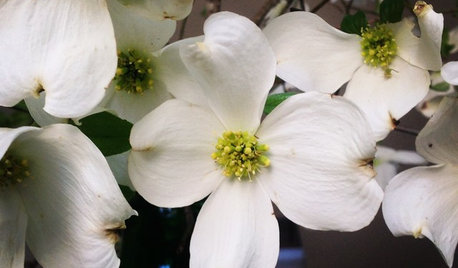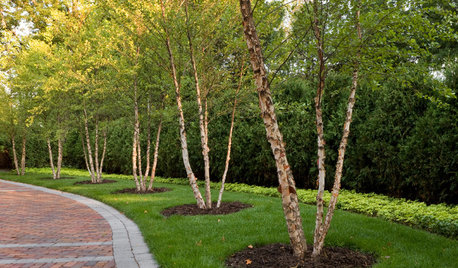Central Florida Trees Dying
Yardvaark
11 years ago
Featured Answer
Sort by:Oldest
Comments (44)
ilovemytrees
11 years agolast modified: 9 years agoRelated Professionals
Arlington Landscape Architects & Landscape Designers · Ashburn Landscape Architects & Landscape Designers · New Mexico Landscape Architects & Landscape Designers · Pelham Landscape Contractors · Athens Landscape Contractors · Biloxi Landscape Contractors · Live Oak Landscape Contractors · North Potomac Landscape Contractors · Santa Maria Landscape Contractors · View Park-Windsor Hills Landscape Contractors · Milford Siding & Exteriors · Millburn Siding & Exteriors · Boise Decks, Patios & Outdoor Enclosures · Glen Ellyn Decks, Patios & Outdoor Enclosures · Olathe Decks, Patios & Outdoor Enclosuresilovemytrees
11 years agolast modified: 9 years agoYardvaark
11 years agolast modified: 9 years agoYardvaark
11 years agolast modified: 9 years agomackel_in_dfw
11 years agolast modified: 9 years agoflora_uk
11 years agolast modified: 9 years agomackel_in_dfw
11 years agolast modified: 9 years agomackel_in_dfw
11 years agolast modified: 9 years agosalicaceae
11 years agolast modified: 9 years agorhizo_1 (North AL) zone 7
11 years agolast modified: 9 years agorhizo_1 (North AL) zone 7
11 years agolast modified: 9 years agowilliamr
11 years agolast modified: 9 years agoilovemytrees
11 years agolast modified: 9 years agobotann
11 years agolast modified: 9 years agosaccharum
11 years agolast modified: 9 years agoflora_uk
11 years agolast modified: 9 years agostrobiculate
11 years agolast modified: 9 years agomackel_in_dfw
11 years agolast modified: 9 years agoilovemytrees
11 years agolast modified: 9 years agobotann
11 years agolast modified: 9 years agogatorbone
11 years agolast modified: 9 years agoYardvaark
11 years agolast modified: 9 years agosaccharum
11 years agolast modified: 9 years agofamartin
11 years agolast modified: 9 years agowisconsitom
11 years agolast modified: 9 years agoYardvaark
11 years agolast modified: 9 years agokarinl
11 years agolast modified: 9 years agoflora_uk
11 years agolast modified: 9 years agoYardvaark
11 years agolast modified: 9 years agosaccharum
11 years agolast modified: 9 years agoYardvaark
11 years agolast modified: 9 years agoscotjute Z8
11 years agolast modified: 9 years agoYardvaark
11 years agolast modified: 9 years agoToronado3800 Zone 6 St Louis
11 years agolast modified: 9 years agofamartin
11 years agolast modified: 9 years agoYardvaark
11 years agolast modified: 9 years agohogmanay
11 years agolast modified: 9 years agosaccharum
11 years agolast modified: 9 years agohairmetal4ever
11 years agolast modified: 9 years agoEngleman
11 years agolast modified: 9 years agobrnd
11 years agolast modified: 9 years agoYardvaark
11 years agolast modified: 9 years agorobertnaderhoff
8 years ago
Related Stories

GARDENING GUIDESGreat Design Plant: Cornus Florida Benefits Wildlife
Flowering dogwood provides fiery red foliage in fall and beautiful springtime blooms
Full Story
GARDENING GUIDESTree Care: Common Tree Diseases and What to Do About Them
Learn to recognize trees that may be affected by diseases or pests so you can quickly take action
Full Story
FARM YOUR YARDIf You Have Room for Only One Fruit Tree ...
Juice up a small garden with one of these easier-care or worth-the-effort fruit trees for a mild climate
Full Story
SIDE YARD IDEASNarrow Trees for Tight Garden Spaces
Boost interest in a side yard or another space-challenged area with the fragrance and color of these columnar trees
Full Story
SPRING GARDENING7 Spectacular and Practical Spring-Flowering Trees
Put on a beauteous show in the garden with a landscape tree awash in flowers — just do your homework first
Full Story
LANDSCAPE DESIGN7 Great Trees for Summer Shade and Fall Color
These landscape-pro faves straddle the seasons beautifully. Could one enhance your own yard?
Full Story
LANDSCAPE DESIGNGreat Design Plant: River Birch
Pick this rugged native tree for its intriguing peeling bark, soil adaptability or leaves that bring dappled shade to a garden
Full Story
LANDSCAPE DESIGNGreat Design Plant: Retreat to the Shade of Hardy Catalpa
Big foliage and a towering height provide a shady respite in summer, but that's not all hardy catalpa offers dedicated gardeners
Full Story
GARDENING GUIDESGreat Design Plant: Sambucus Nigra
Common elderberry is a highly adaptable shrub from the eastern U.S., with berries galore for wildlife and humans alike
Full Story
GARDENING GUIDESHow to Keep Your Citrus Trees Well Fed and Healthy
Ripe for some citrus fertilizer know-how? This mini guide will help your lemon, orange and grapefruit trees flourish
Full Story







j0nd03